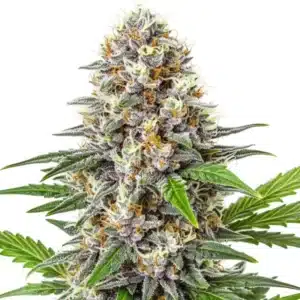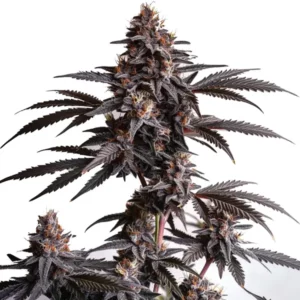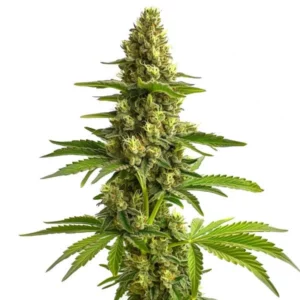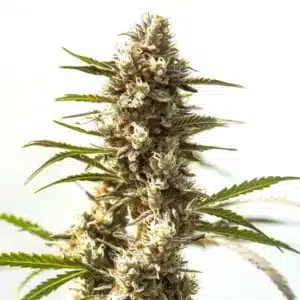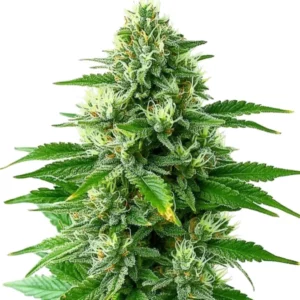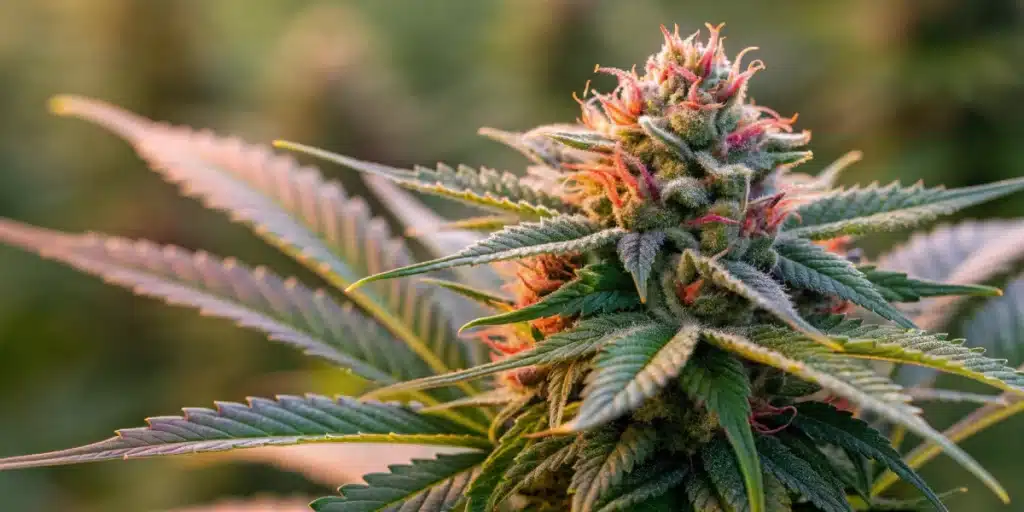
Effects of Different Terpenes in Cannabis: Aromas, Flavors, and Therapeutic Wonders
Cannabis, a plant revered for its wide array of effects and benefits, owes much of its versatility to terpenes. These naturally occurring compounds are responsible for the diverse aromas and flavors of different cannabis strains. Terpenes are not exclusive to cannabis; they’re found in a variety of plants, contributing to their scent and taste. However, in cannabis, they play a unique role in shaping the overall experience of consumption.
Terpenes are synthesized in the plant’s trichomes, the same glands that produce cannabinoids like THC and CBD. While cannabinoids often steal the spotlight due to their psychoactive and therapeutic properties, terpenes work behind the scenes to enhance or modify these effects. By interacting with cannabinoids and other plant compounds, terpenes contribute to the so-called “entourage effect,” where the combined impact of these elements is greater than the sum of their parts. Understanding the effects of different terpenes in cannabis can therefore provide valuable insights into selecting the right strain for your needs.
Recommended Strains
African x Princess 88
|
|
THC | 18% - 20% (Medium) |
|
|
Type | Feminized |
|
|
Yield | Medium |
|
|
Phenotype | 40% Indica / 60% Sativa |
South African
|
|
THC | 18% - 20% (Medium) |
|
|
Type | Feminized |
|
|
Yield | Medium |
|
|
Phenotype | 10% Indica / 90% Sativa |
Common Terpenes Found in Cannabis
While there are over 100 different terpenes found in cannabis, a few are more prevalent and well-researched. Myrcene, for example, is the most common terpene in modern cannabis strains and is known for its earthy and musky aroma. It is a key component when exploring aromas terpenes in cannabis, often associated with sedative effects, making it a staple in strains that are preferred for relaxation and sleep.
Another prominent terpene is limonene, recognized for its citrusy fragrance. This terpene is believed to elevate mood and provide stress relief, often found in strains used to combat anxiety and depression. Pinene, with its fresh pine scent, is thought to have anti-inflammatory properties and is commonly found in strains that promote focus and energy. Linalool, known for its floral lavender aroma, is praised for its calming effects, often used in strains aimed at reducing stress and anxiety.
Promos & Deals
Impact on Aroma and Flavor
Aromatic Profiles
The aromatic profile of a cannabis strain is primarily determined by its terpene composition. Each terpene has a distinct scent, and when combined, they create a unique bouquet that characterizes the strain. This complex interplay of aromas can range from earthy and herbal to sweet and fruity. For instance, strains high in myrcene often exude an earthy musk, while those rich in limonene might offer a zesty citrus aroma.
These aromatic profiles don’t just tantalize the senses; they also offer clues about the potential effects of the strain. An aroma dominated by pinene might suggest a more uplifting experience, whereas a linalool-rich strain might indicate calming and soothing effects. Thus, the effects of different terpenes in cannabis go beyond flavor; they are an integral part of the plant’s identity and its interaction with the human body.
Flavor Variations in Different Strains
Just as terpenes influence aroma, they also play a crucial role in the flavor profile of cannabis strains. A strain’s flavor can significantly enhance the overall consumption experience, making it more enjoyable and satisfying. The presence of certain terpenes can impart flavors ranging from sweet and fruity to spicy and pungent.
For example, the terpene caryophyllene is known for its spicy, peppery flavor and can be found in strains that offer a rich, robust taste. On the other hand, terpenes like limonene and terpinolene contribute to a citrusy or floral flavor, often found in strains that provide a refreshing, uplifting experience. These flavors, much like the aromas, can also hint at the potential effects of the strain, adding another layer to the decision-making process when selecting cannabis products.

Therapeutic Effects of Terpenes
Anti-inflammatory Benefits
The therapeutic potential of terpenes extends beyond their aromatic contributions. Many terpenes have been studied for their anti-inflammatory properties, making them valuable in the realm of medicinal cannabis. For instance, beta-caryophyllene, a terpene found in black pepper and cloves, has shown promise in reducing inflammation. It works by interacting with the body’s endocannabinoid system, specifically the CB2 receptors, which play a role in immune function.
Another terpene, humulene, commonly found in hops and coriander, has also demonstrated anti-inflammatory effects. Its ability to suppress inflammatory pathways makes it a potential candidate for managing conditions like arthritis and inflammatory bowel disease. By incorporating strains high in these terpenes, patients may find relief from inflammation-related ailments without the side effects associated with traditional medications.
Stress Relief Properties
In today’s fast-paced world, stress relief is a sought-after benefit of cannabis consumption. Terpenes like linalool and limonene are particularly noted for their calming effects. Linalool, with its floral aroma reminiscent of lavender, is often associated with relaxation and stress reduction. It is believed to modulate the production of neurotransmitters like serotonin, contributing to its anxiolytic effects.
Limonene, with its uplifting citrus scent, is another terpene that may alleviate stress and anxiety. Studies suggest that limonene can elevate mood and promote a sense of well-being, making it a popular choice in strains intended for mental health support. By selecting strains with these terpenes, users can tailor their cannabis experience to address stress and enhance emotional balance.
Synergistic Effects with Cannabinoids
The Entourage Effect
The concept of the entourage effect highlights the synergy between terpenes and cannabinoids in cannabis. While cannabinoids like THC and CBD are well-known for their individual effects, their interaction with terpenes can amplify their therapeutic potential. This synergy results in a more comprehensive and effective experience, as the compounds work together to enhance each other’s benefits.
For example, the presence of myrcene in a high-THC strain might increase its sedative properties, making it more suitable for promoting sleep. Similarly, the combination of limonene and CBD might enhance the anti-anxiety effects of the strain. Understanding the effects of different terpenes in cannabis can therefore guide users in selecting strains that align with their desired outcomes, whether for relaxation, pain relief, or mood enhancement.
Enhanced Therapeutic Benefits
The interplay between terpenes and cannabinoids not only enhances individual effects but also broadens the therapeutic applications of cannabis. By harnessing the entourage effect, users can target specific symptoms more effectively. For instance, a strain rich in both beta-caryophyllene and CBD might offer enhanced anti-inflammatory benefits, making it an ideal choice for managing chronic pain conditions.
Moreover, the combination of terpenes like pinene and THC can provide a clear-headed, focused experience, beneficial for those seeking relief from ADHD symptoms or requiring mental clarity. As research continues to unravel the complexities of terpene-cannabinoid interactions, the potential for personalized cannabis therapies becomes increasingly promising, offering tailored solutions for a wide range of health concerns.

FAQs about effects of different terpenes in cannabis
What are terpenes and what role do they play in cannabis?
Terpenes are aromatic compounds found in many plants, including cannabis. In cannabis, they contribute to the plant’s distinct aroma and flavor, and they play a crucial role in modulating the effects of cannabinoids. By interacting with cannabinoids, terpenes help shape the overall experience of cannabis consumption, influencing both the sensory attributes and the therapeutic outcomes.
How do terpenes influence the aroma and flavor of cannabis?
Terpenes are responsible for the diverse range of aromas and flavors found in cannabis strains. Each terpene has a unique scent and taste, which combines with others to create a complex aromatic and flavor profile. For instance, myrcene imparts an earthy musk, while limonene offers a citrusy zest. These aromatic and flavor characteristics not only enhance the sensory experience but also provide insights into the potential effects of the strain.
What therapeutic benefits can terpenes provide?
Terpenes offer a range of therapeutic benefits, including anti-inflammatory, analgesic, and anxiolytic effects. For example, terpenes like beta-caryophyllene and humulene are known for their anti-inflammatory properties, while linalool and limonene are praised for their stress-relief capabilities. By selecting strains with specific terpene profiles, users can tailor their cannabis experience to address particular health concerns, enhancing the overall therapeutic potential.





